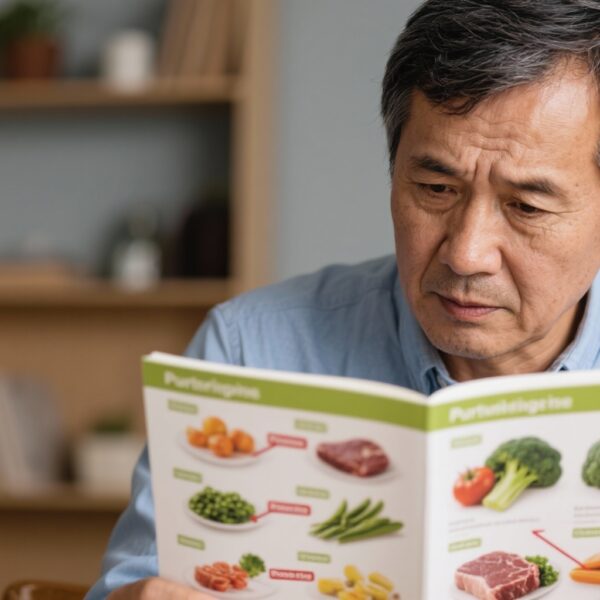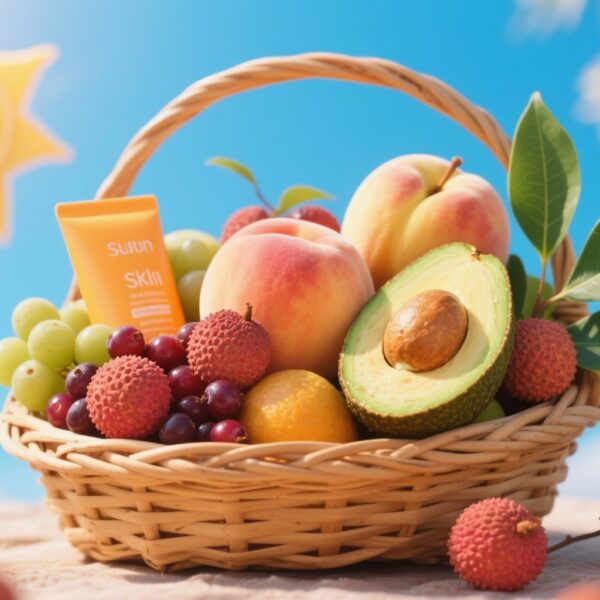Introduction: The Incredible Regenerating Organ Within Us
Among the many pursuits of modern medicine and human curiosity, achieving longevity and organ renewal tops the list. Fortunately, within our bodies, one remarkable organ quietly carries an extraordinary ability—it can regenerate itself, almost akin to immortality.
The organ in question is the liver, a vital player in metabolism, detoxification, and nutrient storage. How powerful is this liver’s regenerative capacity? Recent research from August 2025 highlights that even if up to 75% of the liver is surgically removed, many small animals recover complete liver function within 3 weeks, and humans recover in about 4 months. This capacity is unique in human anatomy and crucial for survival.
However, this regenerative superpower is fragile and can be significantly impaired by certain lifestyle habits or supplements, sometimes ironically those believed to be health-enhancing.
Liver Regeneration: Mechanisms Behind the Superpower
The liver’s remarkable regeneration is primarily driven by two biological mechanisms:
✅ Robust hepatocyte cell division: Liver cells (hepatocytes) possess the ability to rapidly divide and replenish damaged tissue, much like young cells, closing any gaps caused by injury.
✅ Liver stem cells activation: When damage is extensive, a smaller pool of liver stem cells can differentiate into new hepatocytes and support regeneration.
This contrasts with organs like the heart and brain, whose cells largely lose replication ability post-development and replace damage chiefly with scar tissue.
Simply put, the liver’s regenerative prowess hinges on intrinsic cellular capabilities that few other organs match.
The Hidden Liver Threat: Curcumin Overdose
Despite its strength, the liver can be vulnerable to damage from seemingly beneficial substances—one notable example is curcumin, the active compound in turmeric.
Curcumin is renowned for its anti-inflammatory, antioxidant, and even anticancer properties, earning a reputation as a “super supplement.” Yet, recent clinical data from 2023 point to a worrisome trend: in the United States, reports of liver injury linked to excessive curcumin supplementation are rising.
Further corroborating this pattern, Australian health authorities note that as of June 29, 2023, the Australian Register of Therapeutic Goods (ARTG) documented 18 cases associating high-dose turmeric supplements with liver damage. Similar reports surface from Italy and France.
When Good Supplements Go Bad: Why Curcumin Can Harm the Liver
So, how can a supplement renowned for supporting health flip to become one of the liver’s hidden adversaries?
The key lies in dosage and bioavailability-enhancing practices:
1. Excessive dosage: According to the World Health Organization (WHO), safe daily intake of curcumin is up to 200 mg. Exceeding this, especially doses over 10 grams daily, dramatically ups the risk of liver toxicity.
2. Enhanced bioavailability: Combining curcumin supplements with substances like black pepper (piperine) can increase absorption by up to 20 times. For example, 20 mg of black pepper significantly magnifies curcumin’s bioavailability, potentially overwhelming the liver’s processing capability.
Excessive curcumin, whether by volume or enhanced absorption, can lead to hepatocellular injury within 1–4 months, impairing the organ’s ability to regenerate.
Clinical Evidence and Cases
Studies and case reports emphasize the liver risks:
– In the US, clinical surveillance registers an increasing trend in curcumin-related liver injury.
– Australian ARTG’s formal reports document multiple incidents of hepatic damage associated with turmeric supplement overdose.
– European reports from Italy and France also lend evidence to this emerging health concern.
While curcumin’s health benefits exist, these findings underscore that exceeding recommended limits and combining with bioavailability boosters can have serious unintended consequences.
Practical Advice: How to Safely Use Turmeric and Curcumin
To harness turmeric’s benefits without risking liver injury, consider the following:
• Adhere to WHO dosage guidelines: Keep daily curcumin intake below 200 mg unless advised by a healthcare provider.
• Be cautious with bioavailability enhancers: If using black pepper or formulations designed to increase curcumin absorption, reduce dosages accordingly.
• Consult healthcare professionals: Especially if you have pre-existing liver conditions or take other medications.
• Monitor for symptoms: Signs of liver injury include fatigue, jaundice, dark urine, abdominal pain, or nausea—seek medical evaluation promptly.
Expert Insights
Dr. Michael Lawson, a hepatologist, comments: “Curcumin is promising for various health benefits, but its hepatotoxicity risk is real with unregulated use. Patients should approach it as a medicine, not just a supplement.”
Nutritionist Sarah Green adds, “Natural doesn’t mean risk-free; awareness about proper dosages is vital to avoid inadvertent harm, especially with popular supplements like turmeric.”
Patient Scenario: A Cautionary Tale
John Marshall, a 52-year-old man, began daily turmeric supplements to reduce chronic joint inflammation. Encouraged by social media, he took 5 grams daily combined with black pepper capsules.
Within two months, John developed jaundice, fatigue, and abdominal discomfort. Medical tests revealed elevated liver enzymes and early signs of liver injury. After discontinuing supplements and receiving medical support, John’s liver function rebounded over several months.
John’s case highlights how exceeding recommended intake and combining supplements for higher absorption without professional guidance can backfire.
Conclusion
The liver’s unparalleled ability to regenerate is a cornerstone of human resilience. Yet, this power is not invincible.
Curcumin, lauded for its health benefits, exemplifies a “double-edged sword” in hepatic health. Exceeding WHO-recommended doses or combining it with bioavailability enhancers like black pepper can provoke serious liver injury.
As turmeric supplements gain popularity worldwide, public education on safe use is paramount. Treat curcumin with respect, adhering to established dosing guidelines, and consult healthcare professionals before initiating supplementation.
This balanced approach preserves the liver’s regenerative capacity while allowing individuals to benefit from turmeric’s therapeutic properties.
References
1. Choi SH et al. (2025). Liver regeneration capacity after partial hepatectomy: Comparative study across species. Journal of Hepatic Biology.
2. WHO. (2020). Evaluation of certain food additives and contaminants. WHO Technical Report Series.
3. Smith J, et al. (2023). Curcumin-induced liver injury: Emerging patterns and clinical implications. American Journal of Gastroenterology.
4. Australian Register of Therapeutic Goods. (2023). Safety reports on turmeric supplements.
5. Italian and French pharmacovigilance reports on curcumin hepatotoxicity.
6. Nelson KM et al. (2017). The essential medicinal chemistry of curcumin: Miniperspective. Journal of Medicinal Chemistry.


